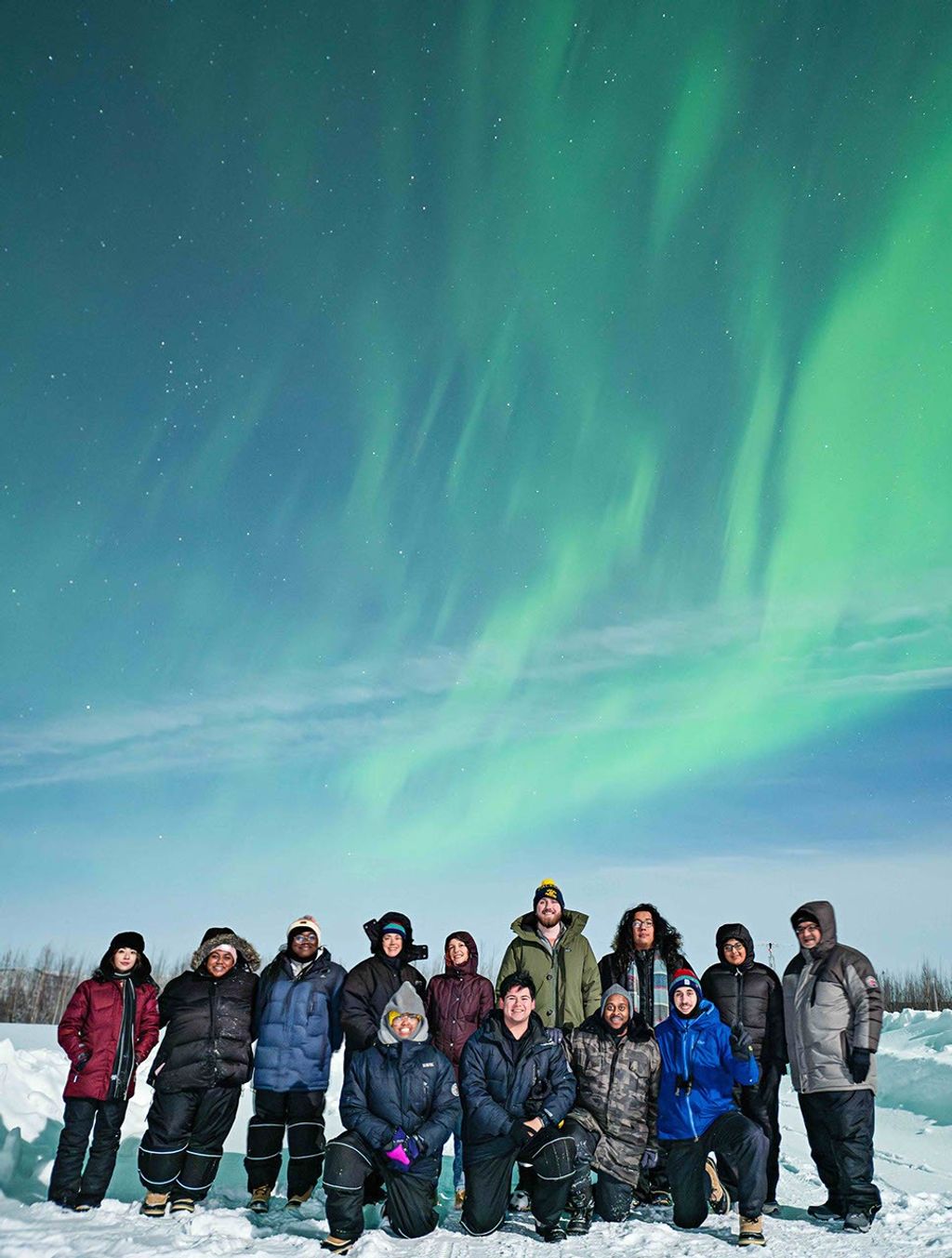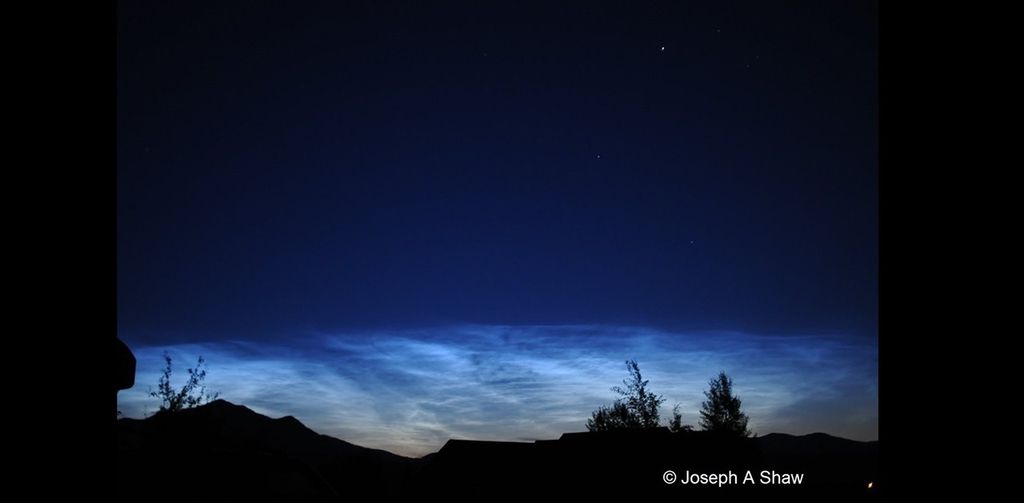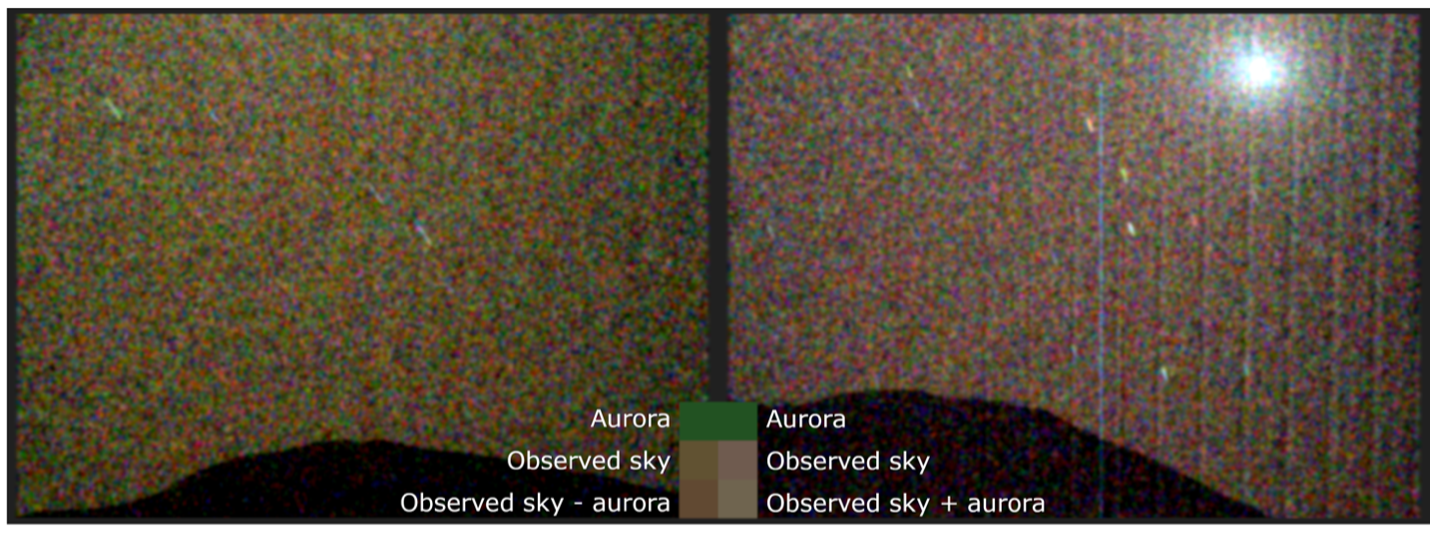The length of Cassini’s mission has enabled us to observe weather and seasonal changes, improving our understanding of similar processes at Earth, and potentially those at planets around other stars.

The length of Cassini’s mission has enabled us to observe weather and seasonal changes, improving our understanding of similar processes at Earth, and potentially those at planets around other stars.
While other missions flew past Saturn or trained telescopes periodically from afar, Cassini has had a front-row seat for approximately 13 years—nearly half a Saturn year (northern winter to the start of northern summer)—to epic changes unfolding before its very eyes.
This long-lived robotic observing platform, bristling with science instruments, provided an unparalleled glimpse into what happens as weather and climate conditions on the planet and Titan respond to the seasons—sometimes rather abruptly. Among the most amazing changes Cassini captured: the eruption of a once-every-30-years storm (one of the most powerful ever seen in the solar system), methane rainstorms at Titan and the appearance and disappearance of features such as the “magic island.”
Over a longer span of years, the color of Saturn’s northern hemisphere shifted as the ring shadows retreated southward—changing from the surprisingly bluish tones seen upon arrival to the hazy, golden hues most observers are familiar with. On Titan, Cassini witnessed a vortex filled with complex organic chemicals forming over its south pole, and saw sunlight glinting off of the lakes in its northern hemisphere as the sun rose over them.
The spacecraft’s patient eyes also were rewarded with new views of Saturn’s north pole as winter ended there and the sun rose once more. Cassini’s infrared sensors measured temperatures across the rings as the sun set on one side and rose on the other, revealing new details about the structure of ring particles. It used the onset of wintry darkness at the south pole of Enceladus to obtain an unambiguous reading of the amount of heat coming out of the moon’s interior. And it saw the mysterious ring features called spokes (wedge-shaped features in the rings that rotate along with the rings like the spokes in a wheel) appear and disappear—apparently a seasonal phenomenon.



































